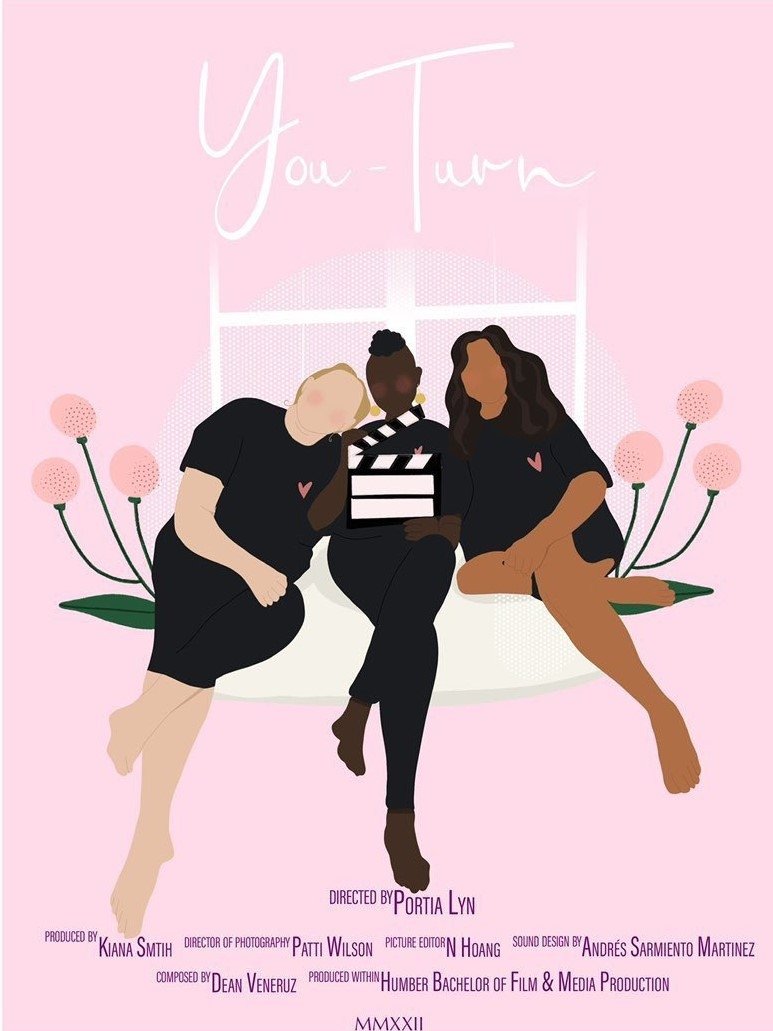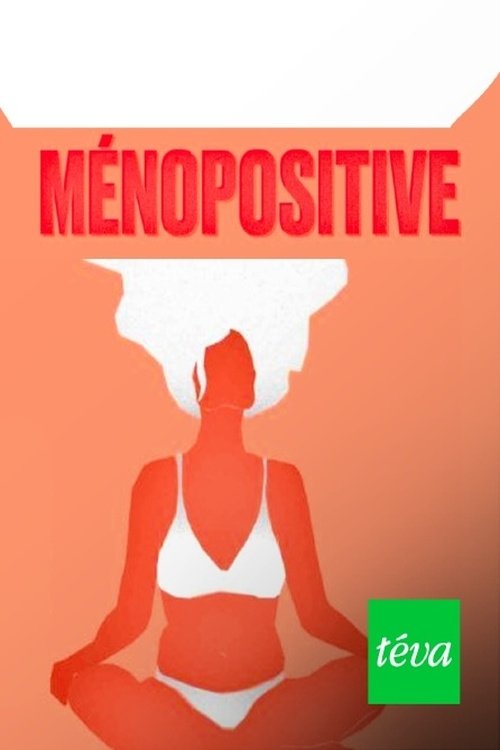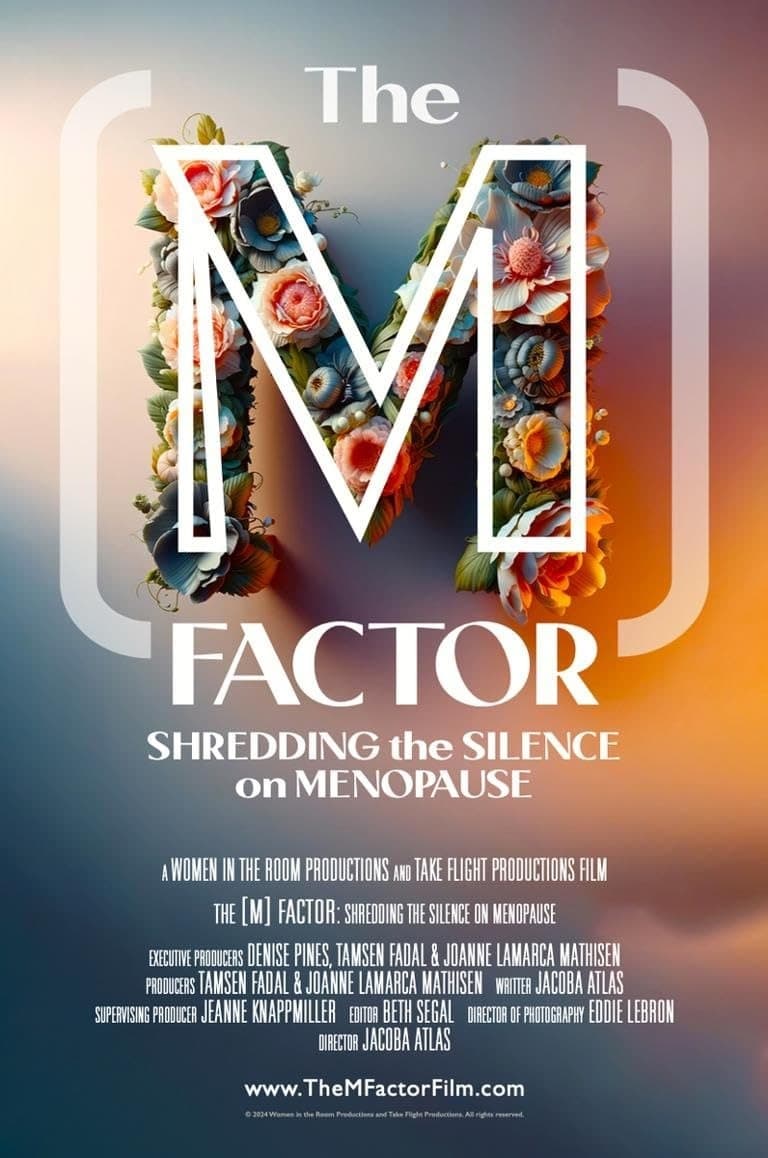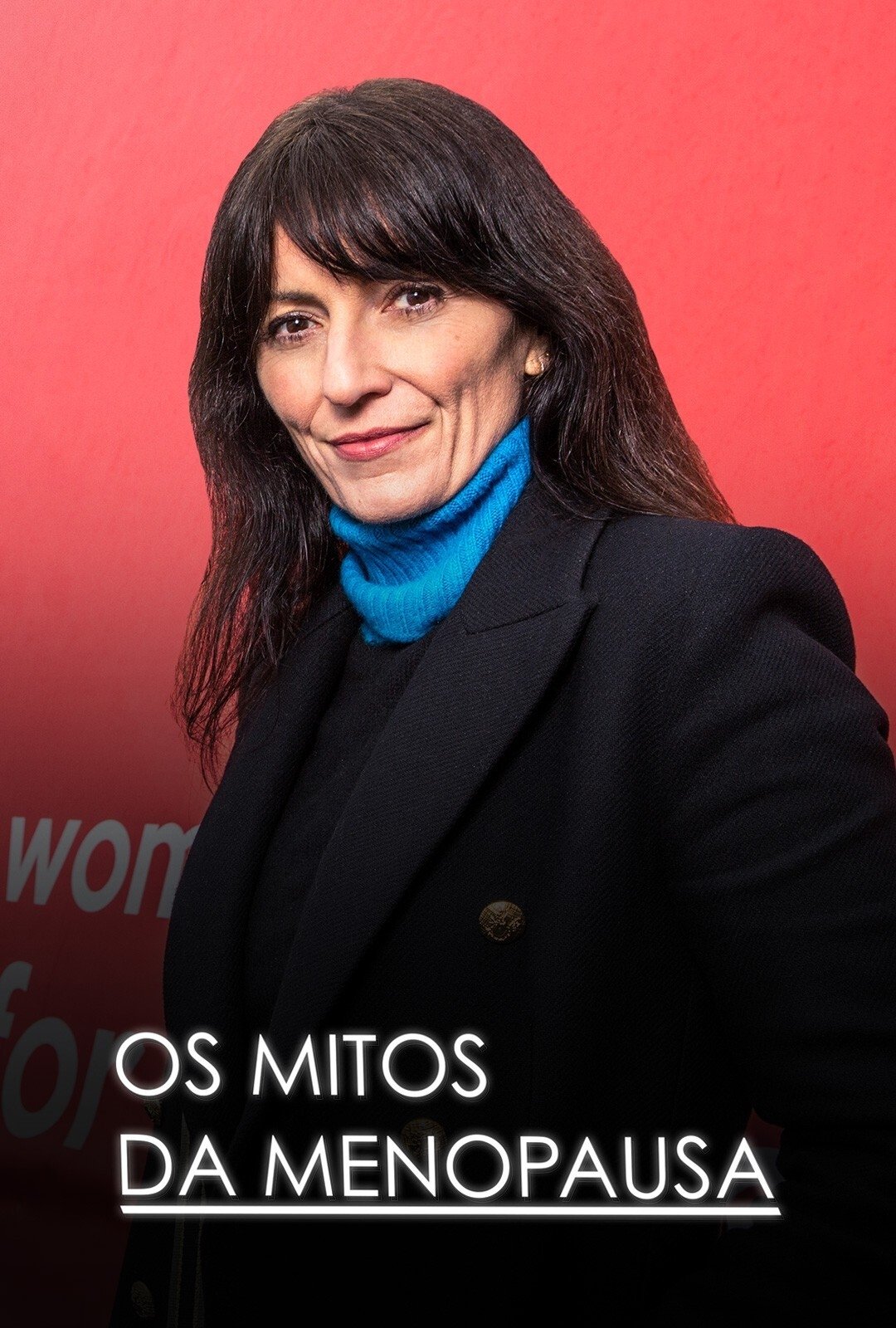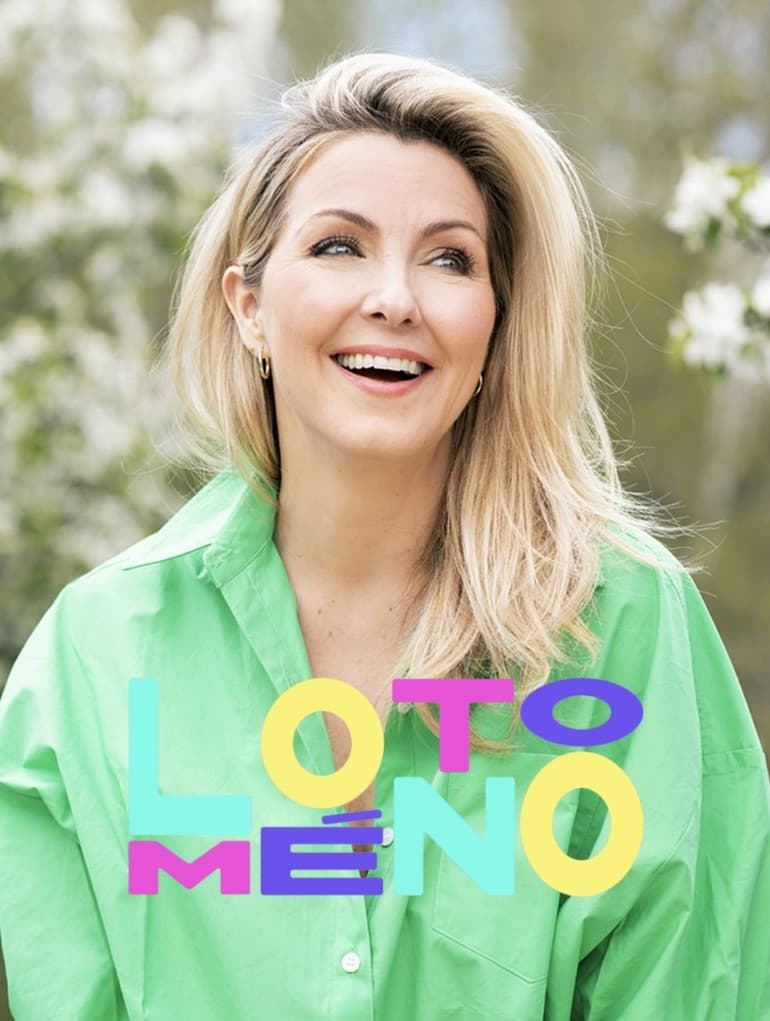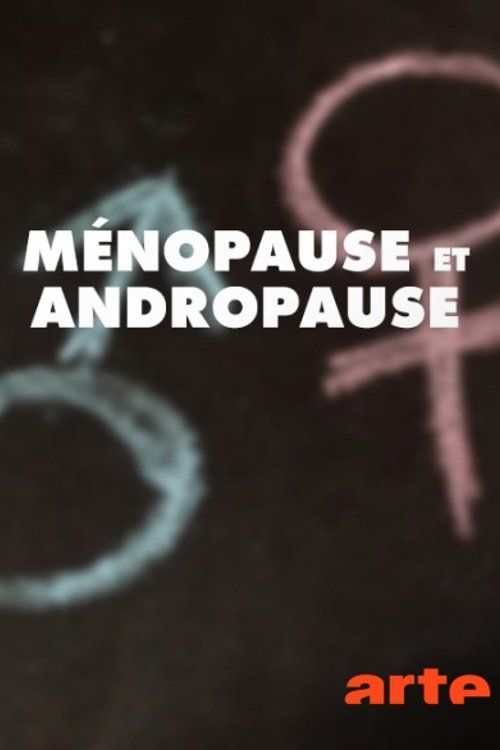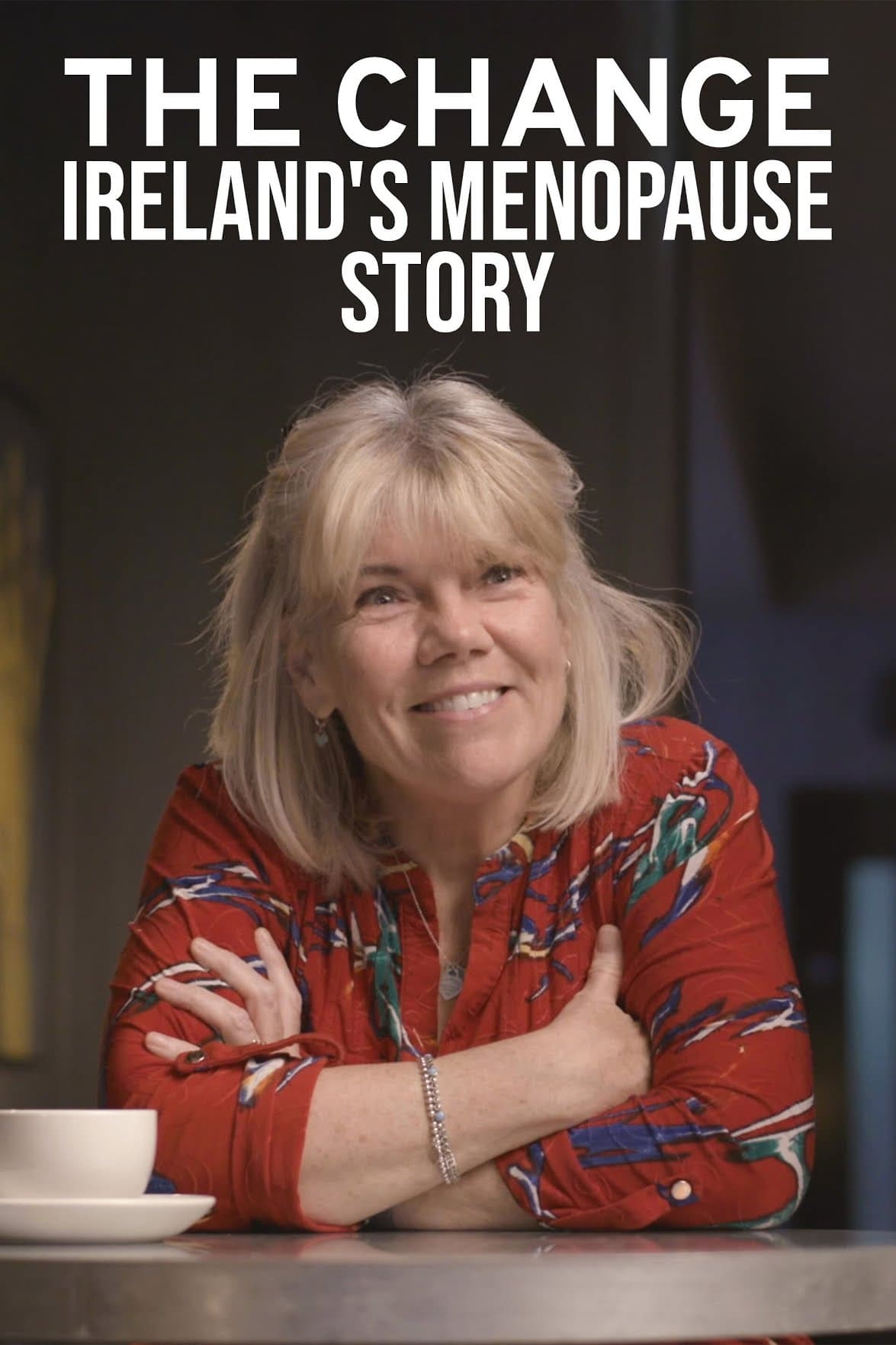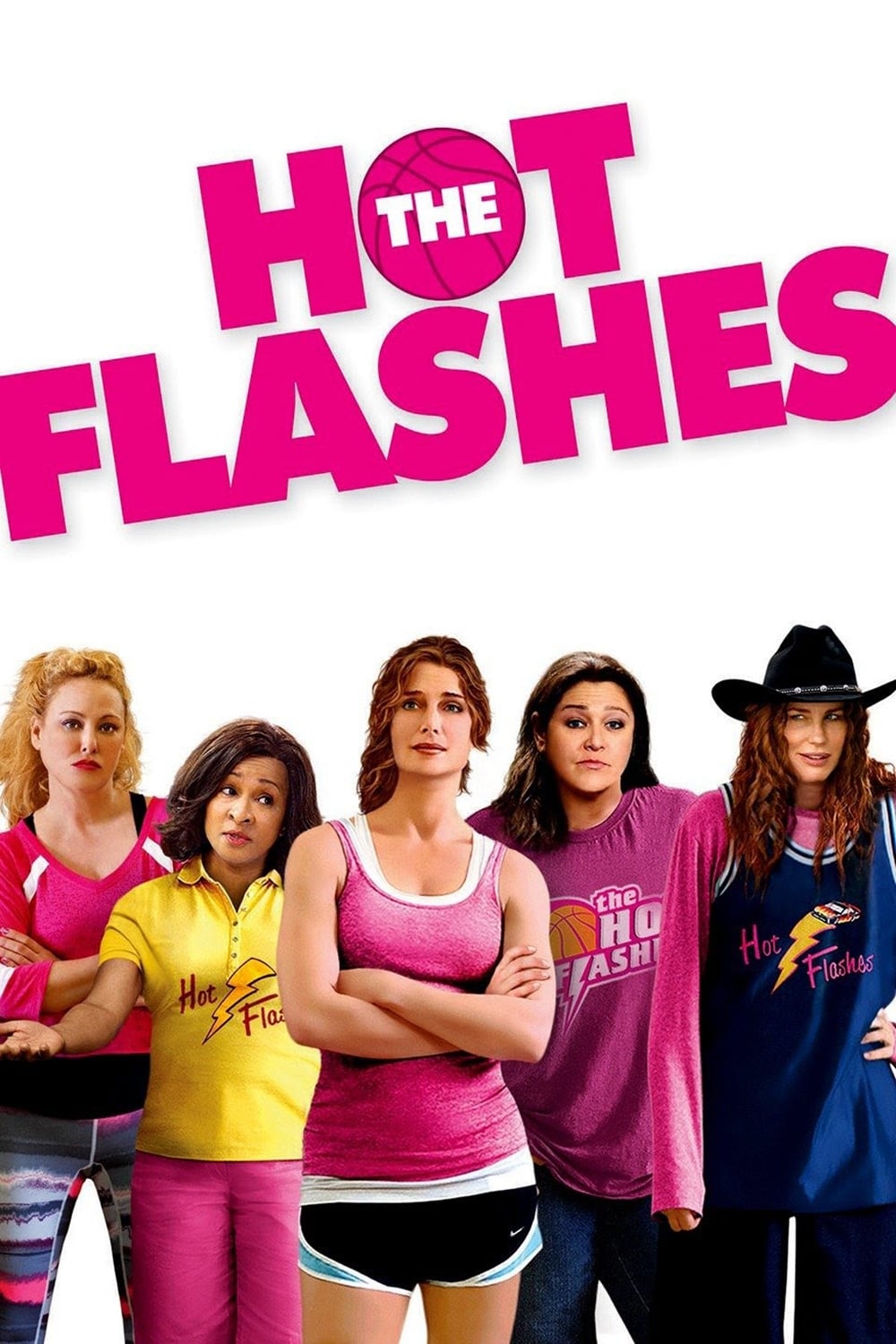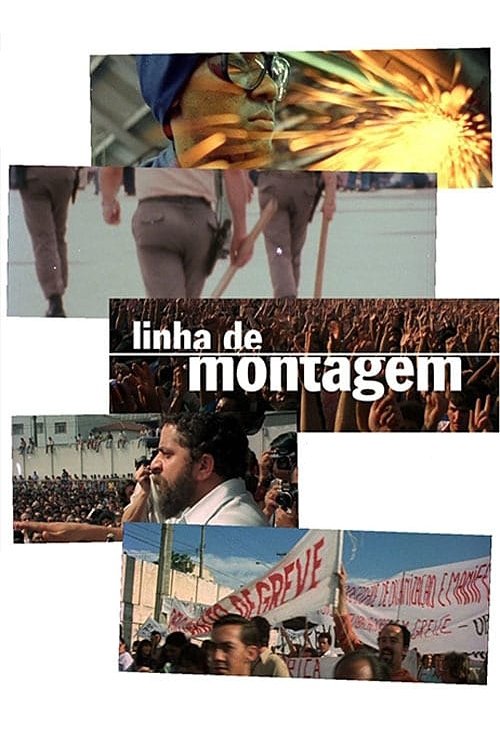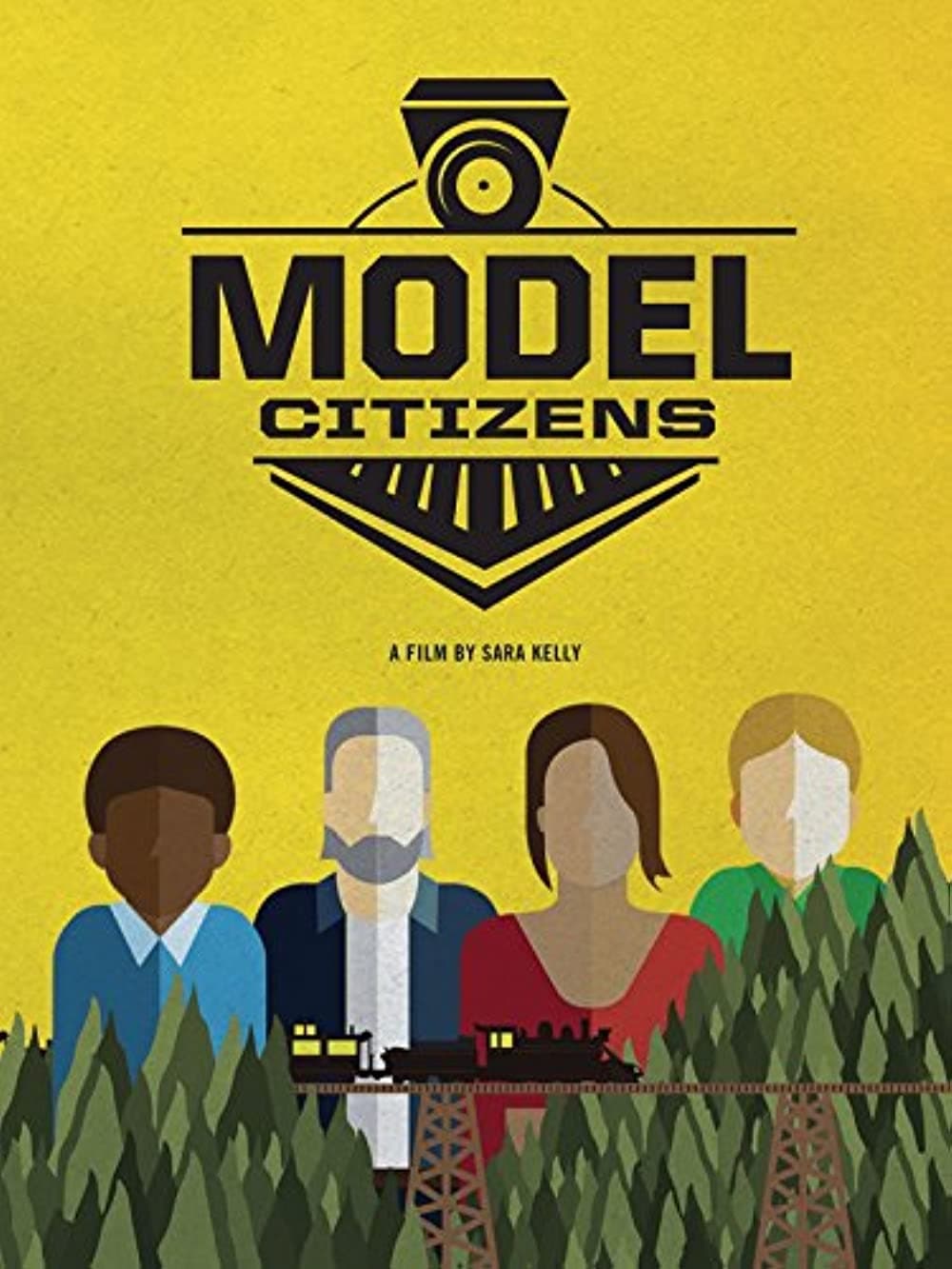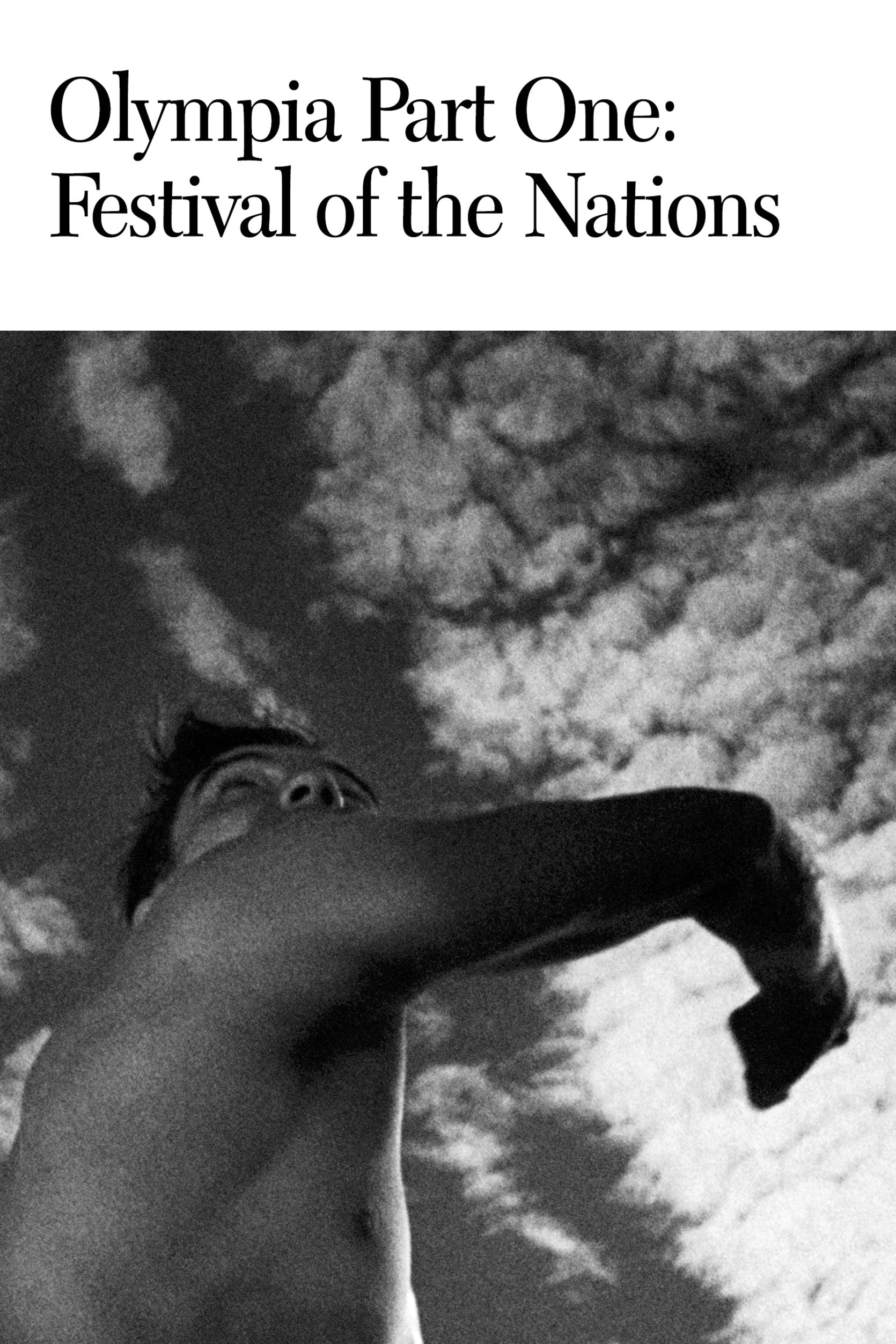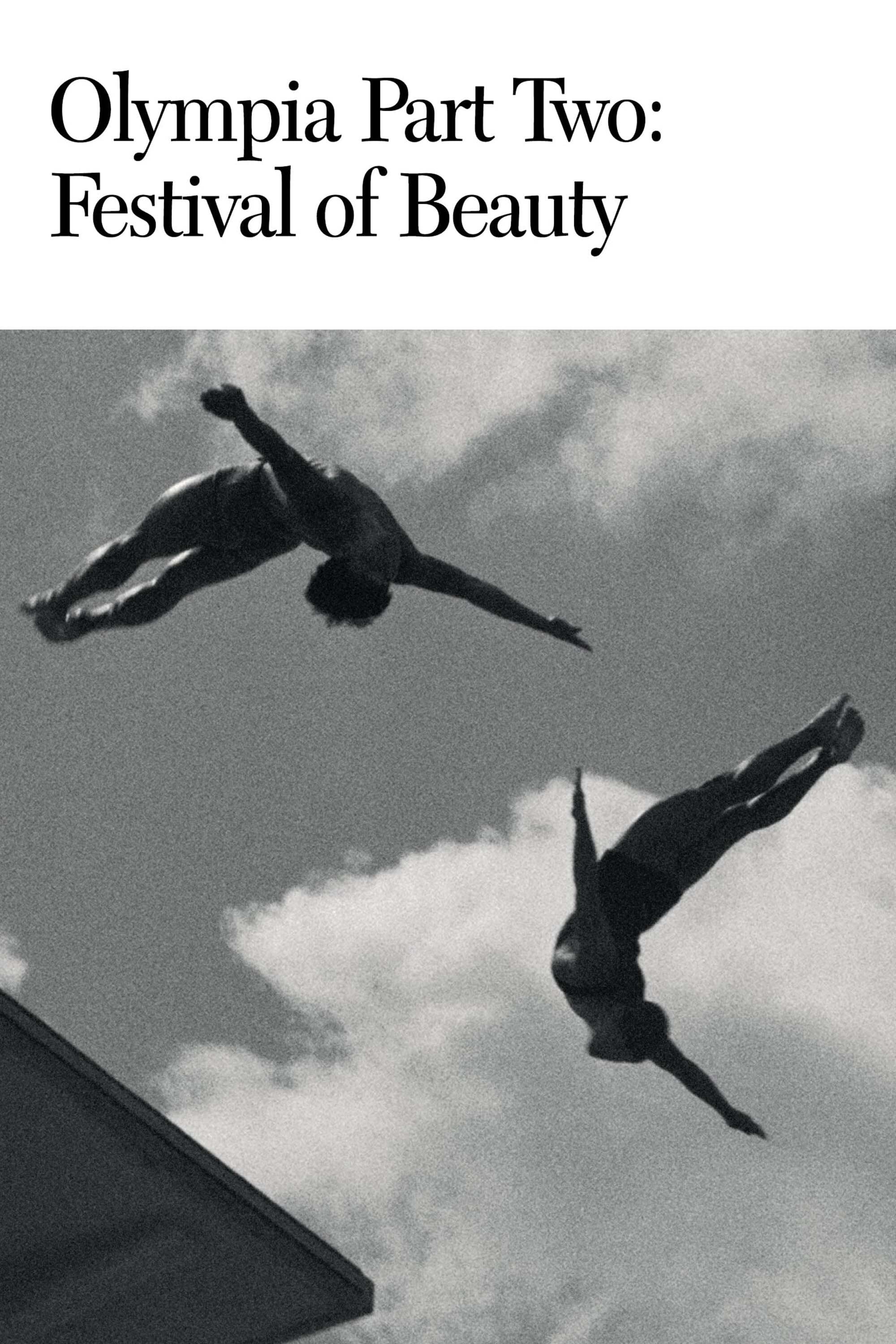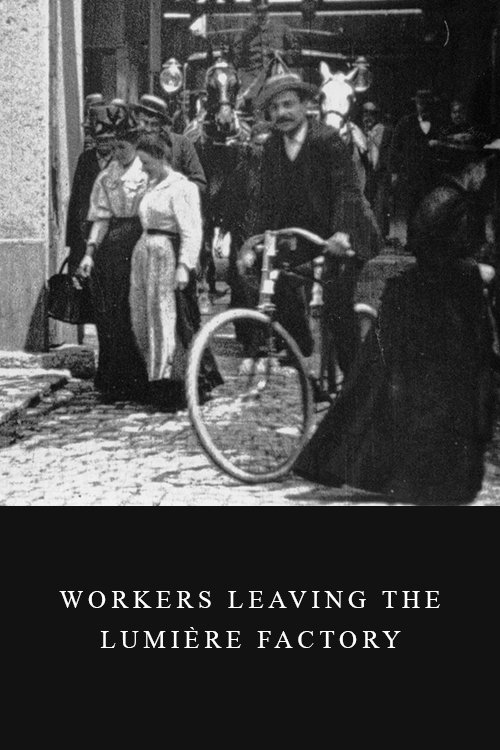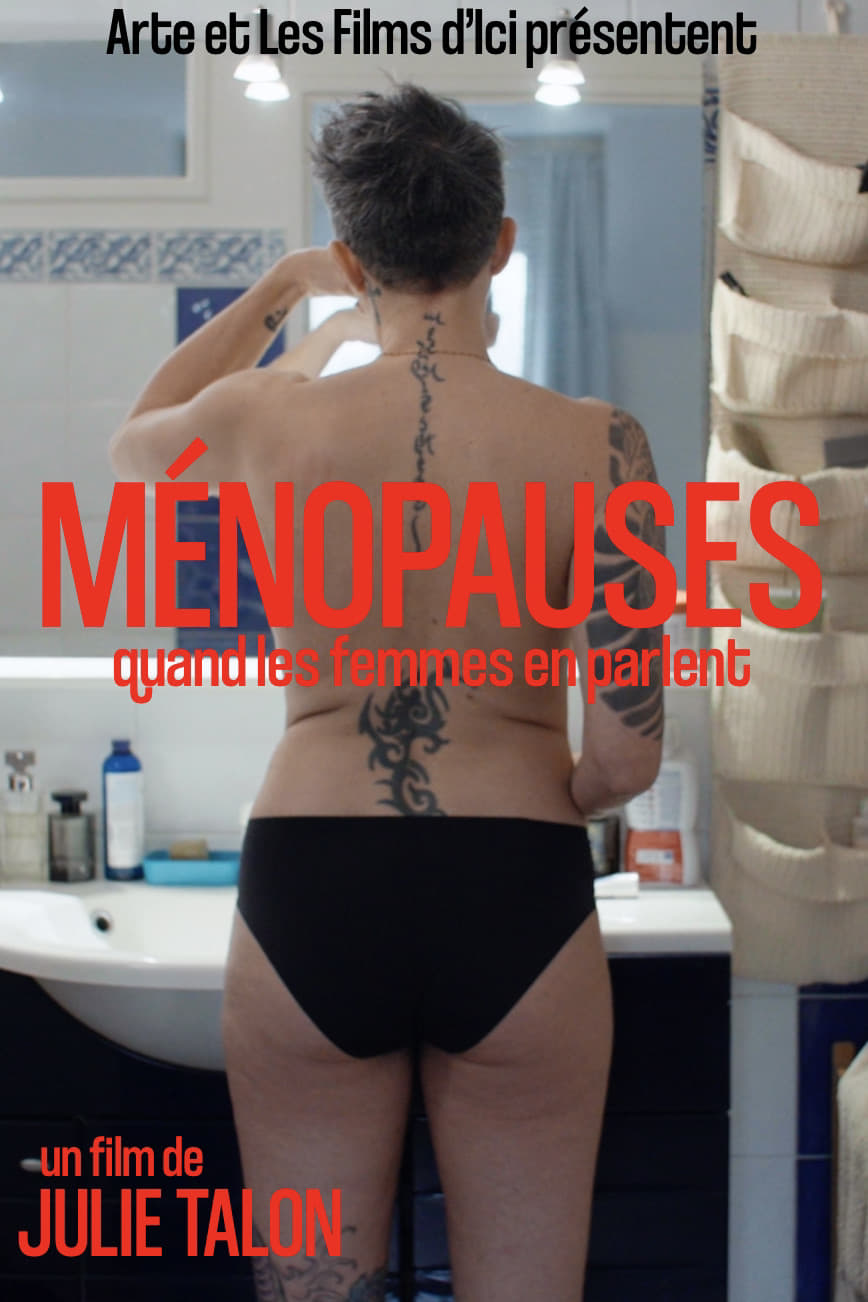
Production Companies


Additional Info
| Budget | $0.00 |
|---|---|
| Revenue | $0.00 |
| Original Language | fr |
| Popularity | 0.166 |
Directed By
Julie Talon
Crew
Julie Talon
TOP CAST
Similar Movies
You-Turn
You-Turn is a short documentary that follows three menopausal women as they embark on a journey of reconnection and self-acceptance. After the damage that menopause has caused to their body image, this film explores the proces of speaking your truth, recognizing it’s worth, and being proud of it.
The M Factor: Shredding the Silence on Menopause
Menopause is a silent epidemic affecting the health and well-being of millions of women. This film confronts this neglected crisis, challenges societal and medical shortcomings and advocates for a revolutionary approach to women's health.
Davina McCall: Sex, Myths and the Menopause
Davina was 44 and felt like she was losing it - hot flushes, depression, mental fog. Now she tells her menopause story, busting midlife taboos from sex to hormone treatment.
Loto-Méno
Véro compares perimenopause to the lottery: you can experience 3, 10 or 30 symptoms. In her case, she won the lottery. The first signs came early in her life. So she didn't make the connection between the mood swings, water retention, dry skin, hair loss - and menopause. Before finding comfort, she wandered for years. Loto-Méno is her story, her quest, told with courage and frankness.
Crazy Hormones – Men and Women in the Menopause
Virtually every woman who enters menopause has questions about what’s happening to her body and how to effectively deal with the changes. The broad availability of medicines, remedies and even hormones even conveys the concept that menopause as a curable “deficiency disorder”. This documentary takes a look at the scientific and medical contexts of menopause as well as the latest findings in international research. Are artificial hormones medically necessary or a seductive, supposed fountain of youth? Do they truly assist in alleviating the suffering of women, or are they lifestyle drugs reflecting a zeitgeist in which ageing is no longer acceptable and older people are seen as “flawed”? A visual and provoking science documentary about the hot time of menopause that also takes a look at whether and how the hormones in men likewise go crazy.
The Change: Ireland's Menopause Story
Exploring the subject of menopause in Ireland, seeking to broaden the conversation around a subject often considered taboo and finding out how real women experience this life event which affects half the population.
Lynne Koplitz: Hormonal Beast
Unabashed comedian Lynne Koplitz offers a woman's take on being crazy, the benefits of childlessness and the three things all men really want.
The Hot Flashes
An unlikely basketball team of unappreciated middle-aged Texas women, all former high school champs, challenge the current high school girls’ state champs to raise money for breast cancer prevention. Sparks fly as the women go to comic extremes to prove themselves on and off the court, become a national media sensation, and gain a new lease on life.
Linha de Montagem
Documentary about the strikes that took place in São Bernardo do Campo, in the State of São Paulo, Brazil, circa 1979/1980. That moment was of utmost importance, since it revealed a Union leader, Luís Inácio "Lula" da Silva, who would later become President of Brazil. It was also the moment when PT, the Workers' Party, became a relevant political force in Brazil.
The Godfather and the Mob
The Godfather And The Mob reveals the true life story of murder, mafia and mayhem that occurred behind the scenes of the most iconic gangster film ever made.
Model Citizens
Somewhere in the world right now--much closer than you think--people are playing with trains. You might not see them at first, but they're there. In basements. In garages. In converted Army barracks. They're among the world's most compelling underground communities.
Satoyama II: Japan's Secret Watergarden
Each home has a built in pool or water tank that lies partly inside, partly outside its’ walls… A continuous stream of spring water is piped right into a basin, so freshwater is always available. People rinse out pots in the tank and clean their freshly picked vegetables. If they simply pour the food scraps back in the water, they risk polluting the whole village supply. However, carp can scour out even the greasy or burnt pans. They do the washing up in Satoyama villages. This traditional arrangement is called the riverside method. It’s used all over Japan. Cleaned up by the carp, the tank water eventually rejoins the channel.
Balazher. The Corrections of Reality
Social systems come and go, but people remain. Since Soviet times an old ukrainian bus has been running along the outermost EU border. At the junction of this geo-political construct this old bus appears as fragile as the past itself. Will the bus come? Or not? Passengers wait patiently at the bus stop: and they dream that the bus will take them - perhaps to a better future.
Shoot Me
The Iranian filmmaker Narges Kalhor, daughter of a former advisor of Ahmadinejad's, has been living in exile in Germany for four years. When she hears that the fellow Iranian rapper Shahin Najafi, who is also living in exile in Germany, faces death threats and has to hide because of one of his songs, she doesn't hesitate and has to find him. On her search she encounters fear everywhere. Narges Kalhor has to face her inconvenient memories of suppression, hatred and anger for her past in Iran.
Nanook of the North
This pioneering documentary film depicts the lives of the indigenous Inuit people of Canada's northern Quebec region. Although the production contains some fictional elements, it vividly shows how its resourceful subjects survive in such a harsh climate, revealing how they construct their igloo homes and find food by hunting and fishing. The film also captures the beautiful, if unforgiving, frozen landscape of the Great White North, far removed from conventional civilization.
Olympia: Part One – Festival of the Nations
Commissioned to make a propaganda film about the 1936 Olympic Games in Germany, director Leni Riefenstahl created a celebration of the human form. This first half of her two-part film opens with a renowned introduction that compares modern Olympians to classical Greek heroes, then goes on to provide thrilling in-the-moment coverage of some of the games' most celebrated moments, including African-American athlete Jesse Owens winning a then-unprecedented four gold medals.
Olympia: Part Two – Festival of Beauty
Commissioned to make a propaganda film about the 1936 Olympic Games in Germany, director Leni Riefenstahl created a celebration of the human form. Where the two-part epic's first half, Festival of the Nations, focused on the international aspects of the 1936 Olympic Games held in Berlin, part two, The Festival of Beauty, concentrates on individual athletes such as equestrians, gymnasts, and swimmers, climaxing with American Glenn Morris' performance in the decathalon and the games' majestic closing ceremonies.
Workers Leaving the Lumière Factory
Working men and women leave through the main gate of the Lumière factory in Lyon, France. Filmed on 22 March 1895, it is often referred to as the first real motion picture ever made, although Louis Le Prince's 1888 Roundhay Garden Scene pre-dated it by seven years. Three separate versions of this film exist, which differ from one another in numerous ways. The first version features a carriage drawn by one horse, while in the second version the carriage is drawn by two horses, and there is no carriage at all in the third version. The clothing style is also different between the three versions, demonstrating the different seasons in which each was filmed. This film was made in the 35 mm format with an aspect ratio of 1.33:1, and at a speed of 16 frames per second. At that rate, the 17 meters of film length provided a duration of 46 seconds, holding a total of 800 frames.
